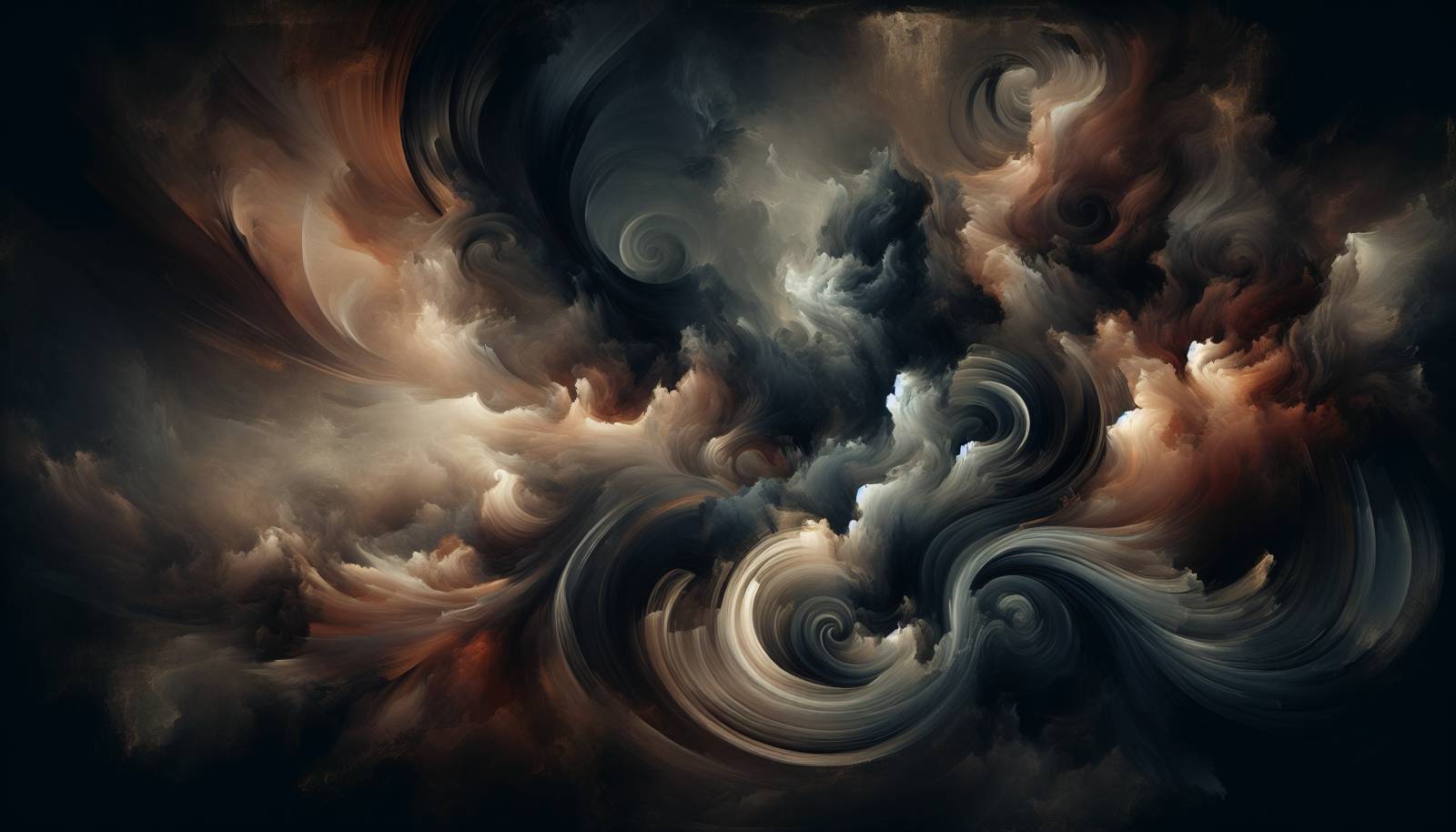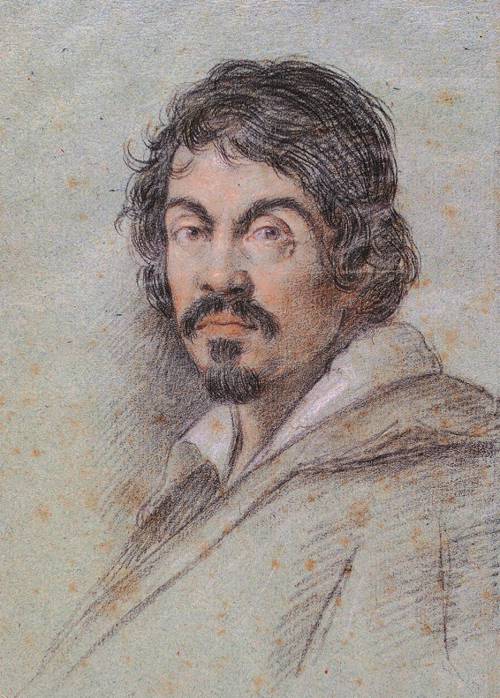
FAQ About Michelangelo Merisi da Caravaggio

Who was Michelangelo Merisi da Caravaggio?
Michelangelo Merisi da Caravaggio was an influential Italian Baroque painter, known for his realistic depiction of human figures, dramatic use of light and shadow, and emotional intensity. He was born in Milan in 1571 and became one of the most esteemed painters in Rome during the late 16th and early 17th centuries.

What is Caravaggio famous for?
Caravaggio is famous for pioneering the Baroque painting technique known as chiaroscuro, which involves the use of strong contrasts between light and dark to create a sense of volume and emphasize drama in painting. He is also celebrated for his realistic depiction of human figures and his ability to convey intense emotions.

What are some of Caravaggio's most notable works?
Some of Caravaggio's most notable works include "The Calling of Saint Matthew," "Judith Beheading Holofernes," "The Conversion of Saint Paul," and "The Supper at Emmaus." These paintings are renowned for their dramatic compositions and innovative use of light and shadow.

How did Caravaggio influence the art world?
Caravaggio greatly influenced the Baroque period with his innovative techniques and realistic portrayals. His use of chiaroscuro became a defining characteristic of Baroque art. Many artists who followed, including Peter Paul Rubens, Rembrandt, and Georges de La Tour, were inspired by his style.

What is chiaroscuro and why is it significant in Caravaggio's work?
Chiaroscuro is an artistic technique characterized by strong contrasts between light and shadow used to achieve a sense of volume in modeling three-dimensional objects and figures. In Caravaggio's work, chiaroscuro plays a crucial role in creating dramatic effects and directing the viewer's attention to specific elements of the composition.

When did Caravaggio live and work?
Michelangelo Merisi da Caravaggio was born on September 29, 1571, and he lived until July 18, 1610. Most of his influential works were created during the late 16th and early 17th centuries, particularly after he moved to Rome in the 1590s.

Did Caravaggio face any controversies during his lifetime?
Yes, Caravaggio faced numerous controversies throughout his life, including legal troubles. He was known for his fiery temper and involvement in street brawls. His contentious relationship with the law peaked in 1606 when he killed a man in Rome, leading him to flee the city and become a fugitive.

How did Caravaggio die?
Caravaggio died under mysterious circumstances at the age of 38 on July 18, 1610. While the exact cause of his death is unclear, theories suggest that he died from a fever caught during his travels or possibly from an assassination due to his many enemies. His sudden death marked the end of a turbulent yet brilliant artistic career.

Where can Caravaggio's paintings be seen today?
Caravaggio's paintings are displayed in various renowned museums and churches across the world. Notable collections can be found at the Galleria Borghese in Rome, the Uffizi Gallery in Florence, the Louvre Museum in Paris, and the Metropolitan Museum of Art in New York City.

What themes are common in Caravaggio's paintings?
Common themes in Caravaggio's paintings include religious scenes, mythological subjects, and human mortality. His work is distinguished by its focus on dramatic narratives, intense realism, and psychological depth, often depicting pivotal moments filled with emotion and tension.

How did Caravaggio's style differ from his contemporaries?
Caravaggio's style differed from his contemporaries primarily through his use of realistic figures and dramatic lighting. Unlike the idealized figures of the Renaissance, his characters often had natural imperfections. His bold use of chiaroscuro created intense emotional scenes, setting his work apart from the more serene compositions of other artists of his time.

What impact did Caravaggio have on future artistic movements?
Caravaggio's impact on future artistic movements was substantial. His dramatic lighting and naturalistic figures influenced the Baroque period deeply and paved the way for future movements such as Romanticism. His approach inspired many artists to explore realism and emotional intensity in their work.

Was Caravaggio involved with any patrons or influential figures?
Yes, Caravaggio was involved with several influential patrons, including Cardinal Francesco Maria Del Monte and the powerful Cardinal Scipione Borghese. These connections provided him with commissions and opportunities to showcase his work in important contexts, significantly boosting his career.

Did Caravaggio have any known students or followers?
Caravaggio did not have formal students, but his work profoundly influenced a group known as the "Caravaggisti" or followers of Caravaggio. These artists adopted his dramatic lighting and realistic style, spreading his influence across Europe, particularly in Italy, Spain, and the Netherlands.

How did Caravaggio's personal life affect his art?
Caravaggio's tumultuous personal life, marked by violent behavior and legal troubles, often mirrored the dramatic tension in his art. His experiences with hardship and intense emotions informed the raw, visceral quality of his paintings, contributing to his reputation as a master of emotional realism.

What techniques did Caravaggio use to achieve realism in his paintings?
Caravaggio achieved realism by using live models and concentrating on capturing the details of human expression and anatomy. He often portrayed his figures with naturalistic imperfections, making them relatable and life-like. His meticulous attention to light and shadow also heightened the physical presence of his subjects.

Are there any known sketches or preparatory works by Caravaggio?
Despite his detailed and realistic paintings, there are no known surviving sketches or preparatory works by Caravaggio. It is believed that he painted directly onto the canvas without preliminary drawings, which was unconventional for his time and lends an immediacy to his compositions.

What was Caravaggio's influence on religious art?
Caravaggio had a profound influence on religious art by infusing biblical scenes with life-like realism and emotional depth. His approach made religious themes more accessible and relatable to the public, transforming how these narratives were traditionally depicted in art.

How did Caravaggio's work reflect the ideals of the Baroque period?
Caravaggio's work reflects the Baroque ideals through its intense drama, use of emotional realism, and dynamic compositions. His skillful manipulation of light to create depth and focus aligns with the Baroque fascination with theatrical effects and heightened emotional expression.

What are some common misconceptions about Caravaggio?
A common misconception about Caravaggio is that his life of turbulence and violence overshadowed his artistic genius. While his personal life was indeed tumultuous, his contributions to art are distinguished by innovative techniques and profound emotional impact, affirming his place as a master artist beyond his personal reputation.
